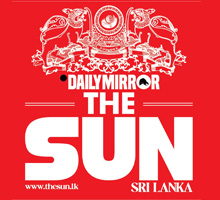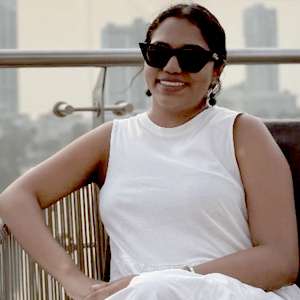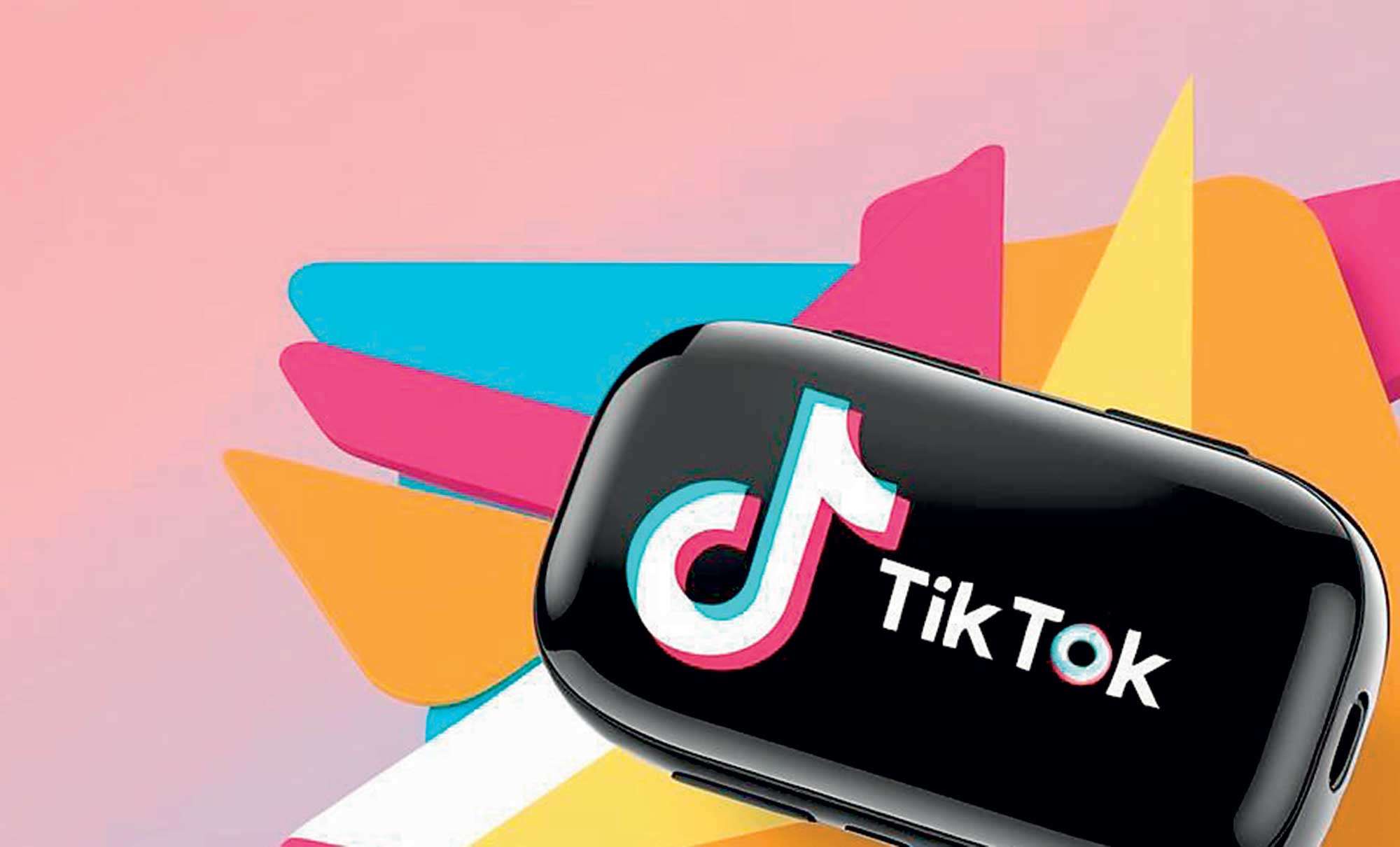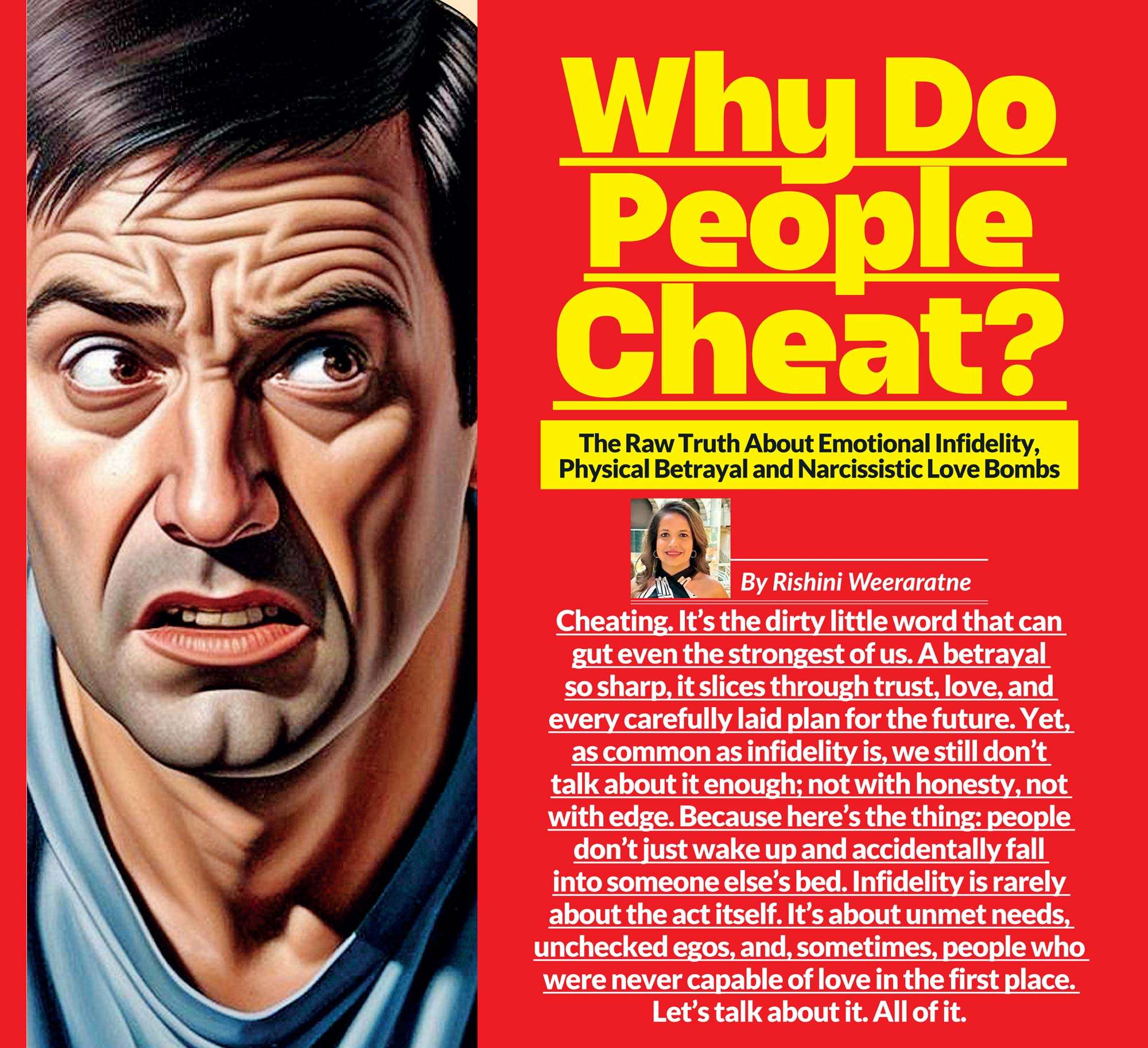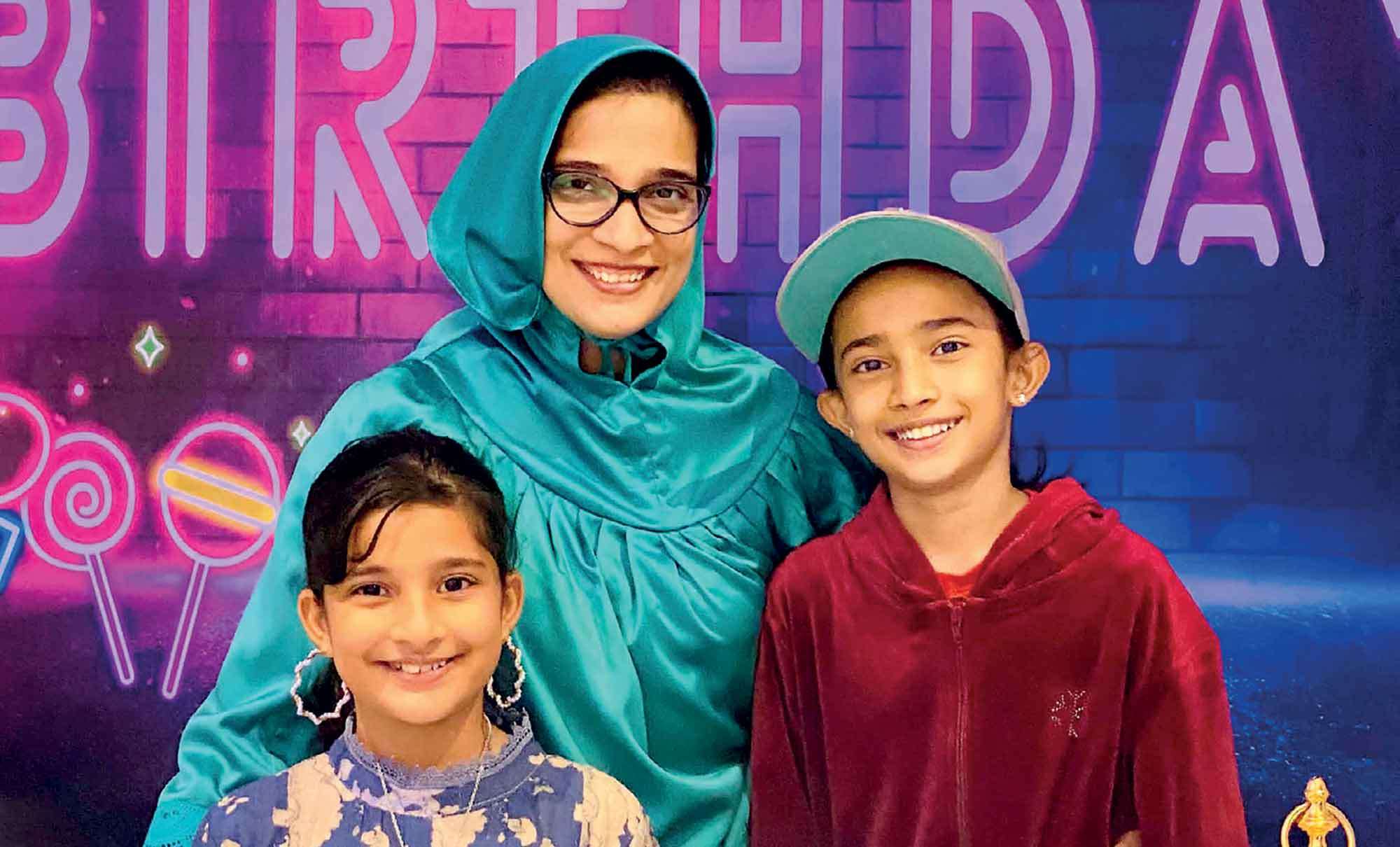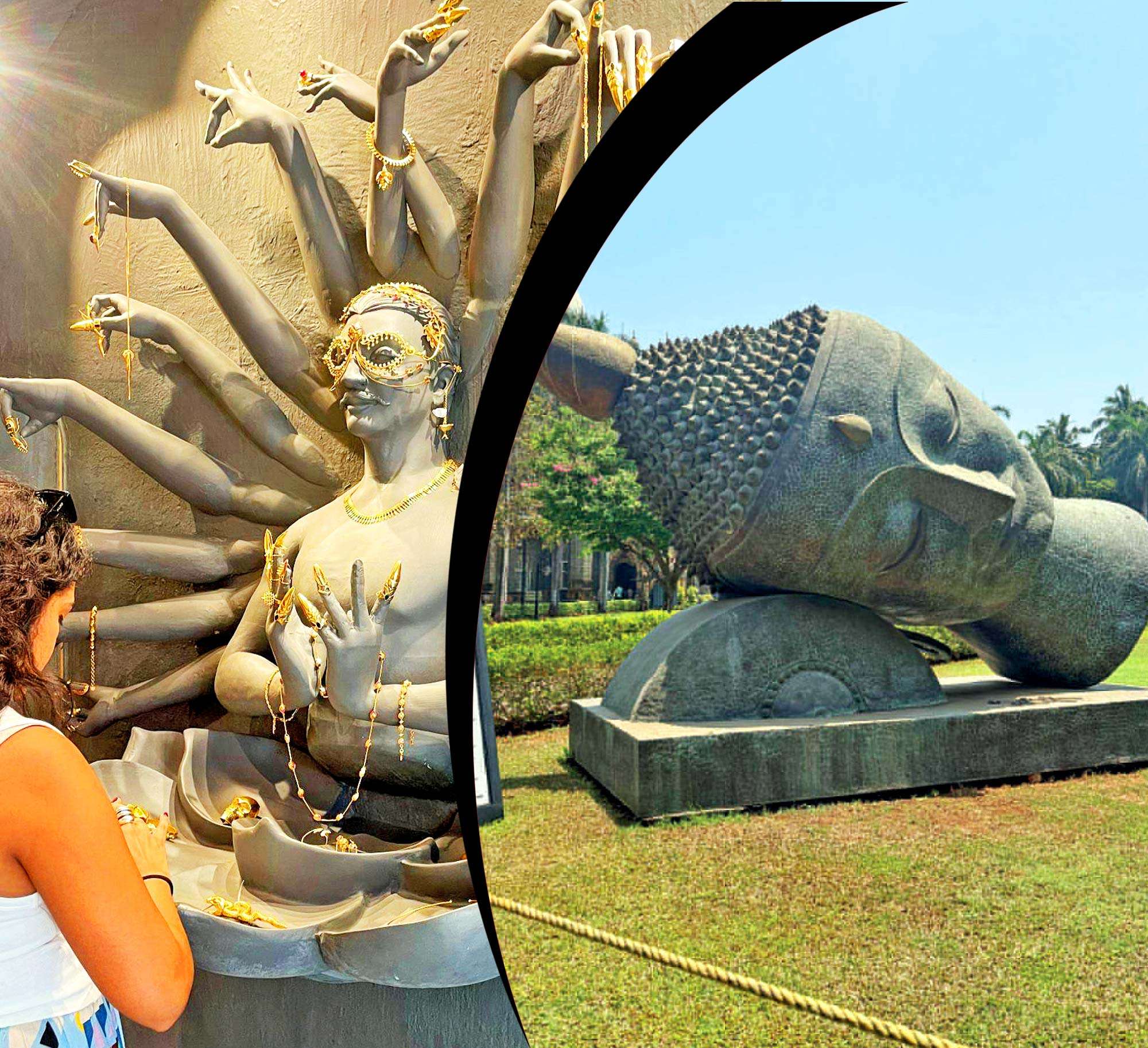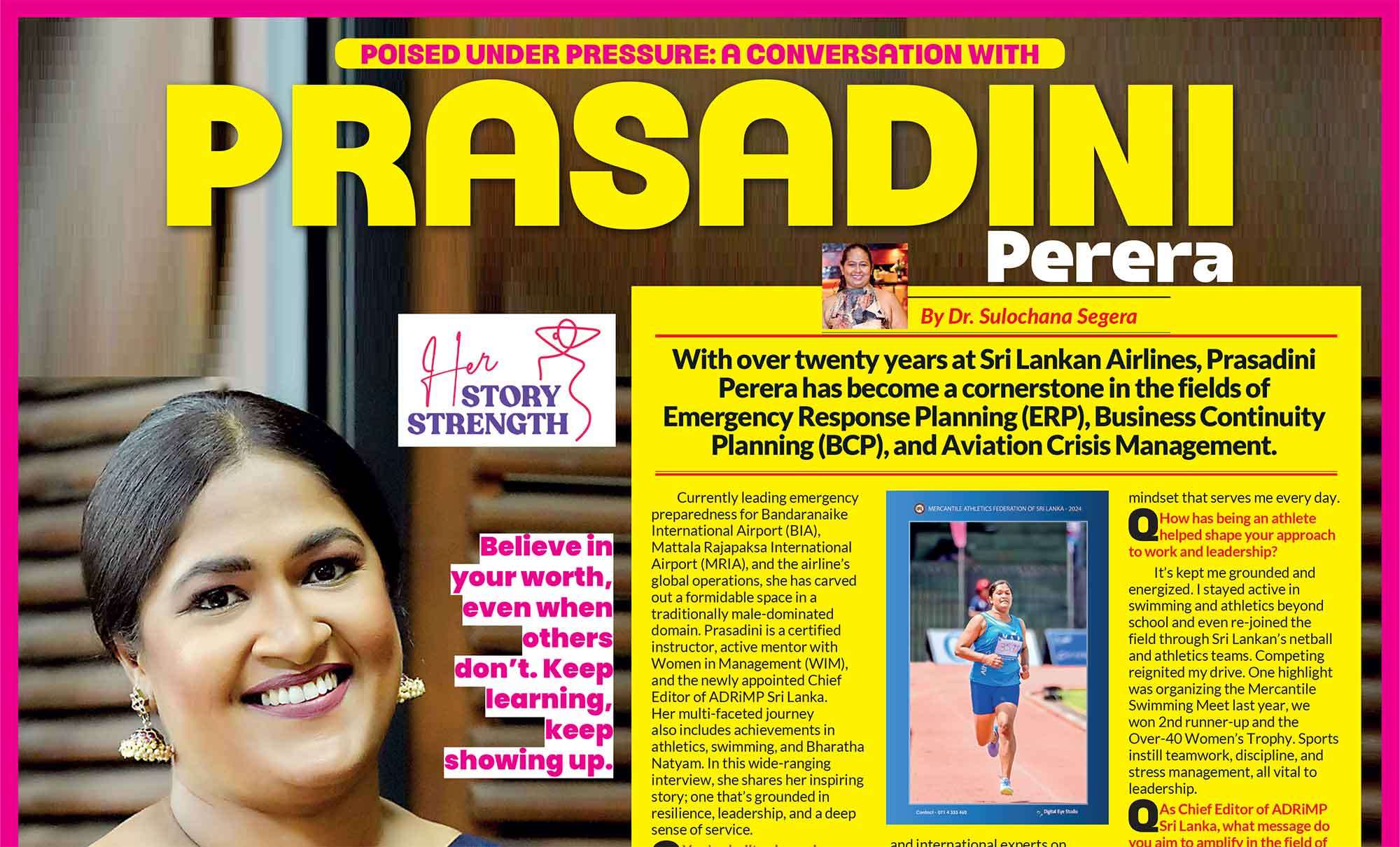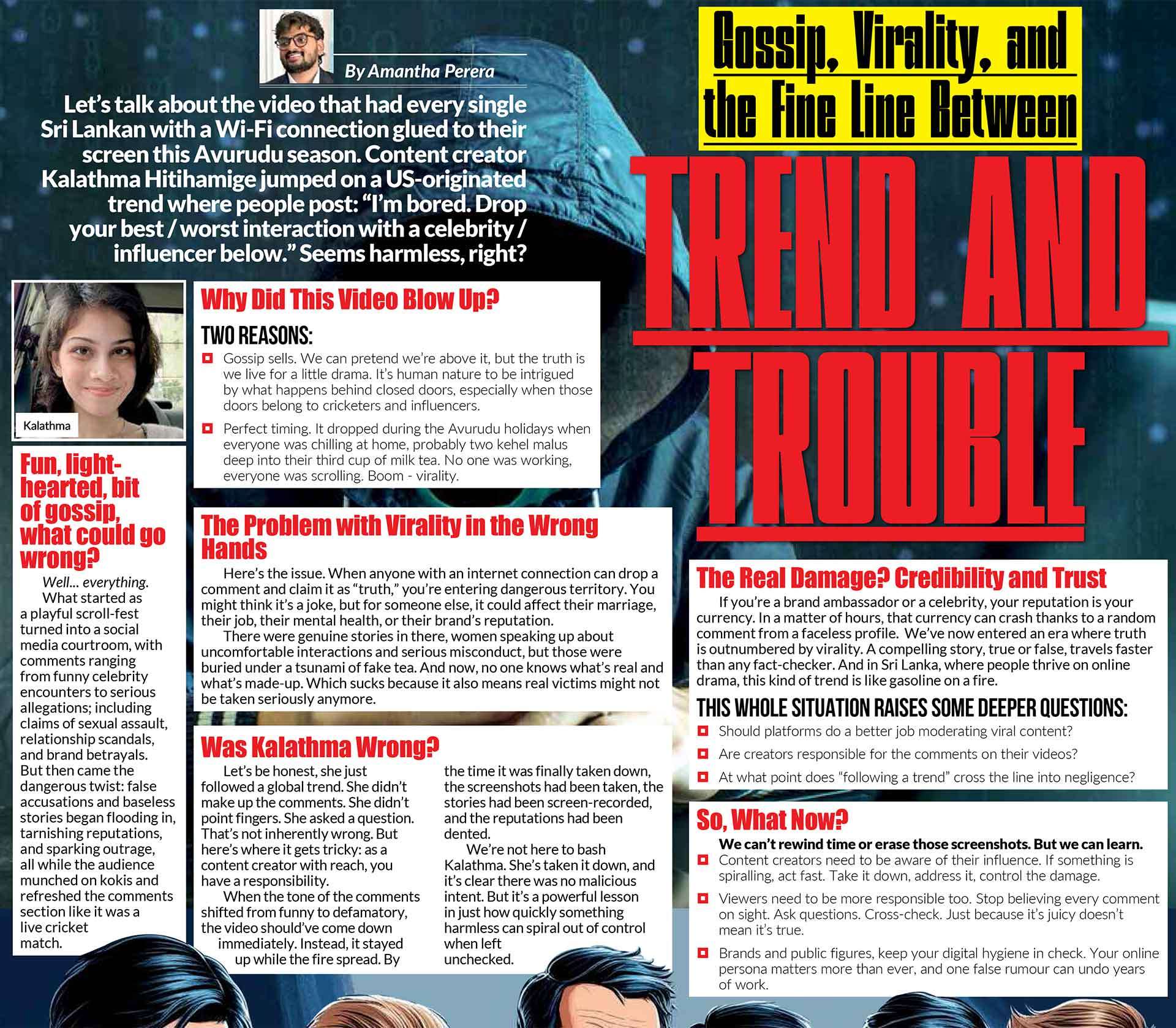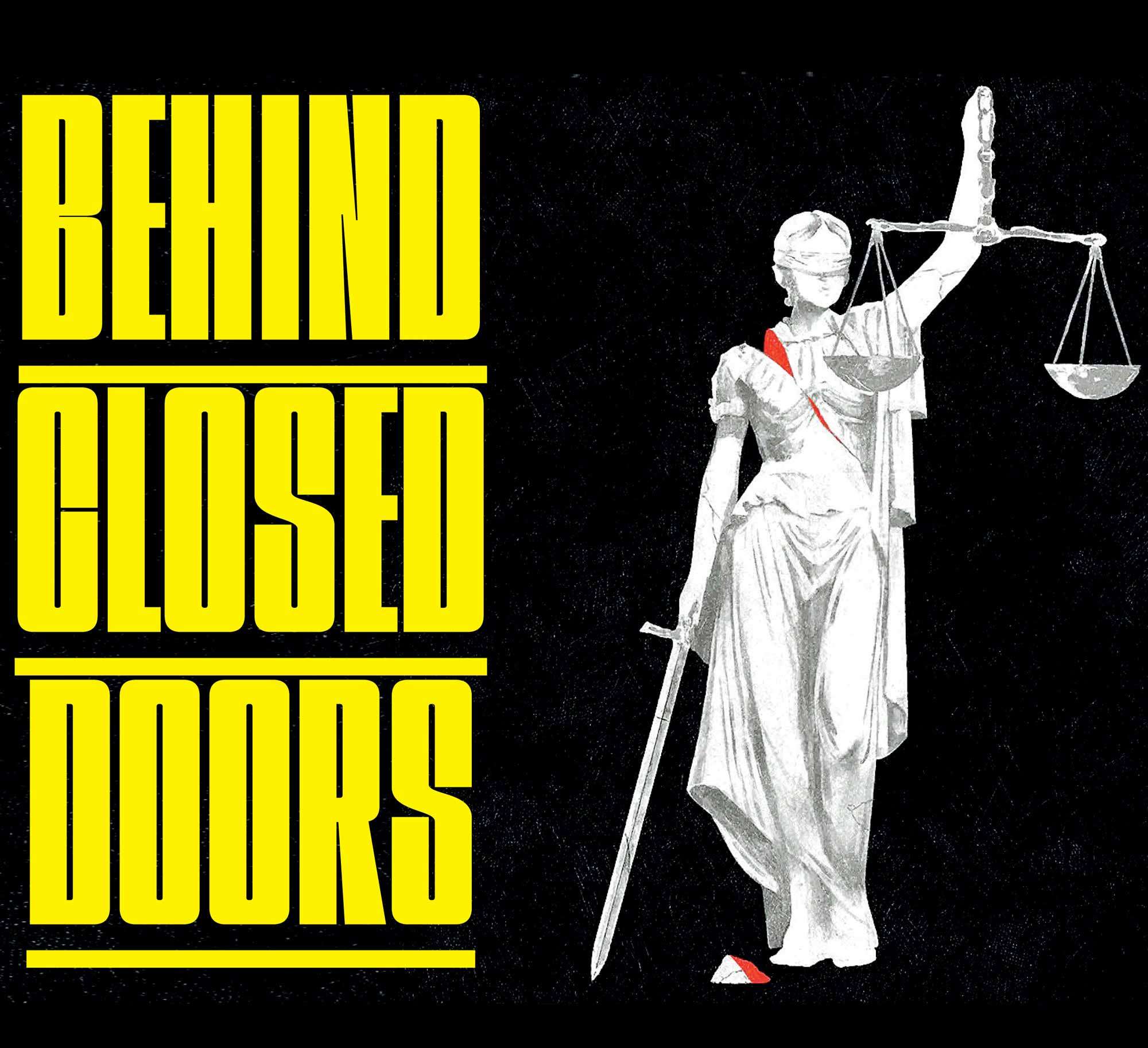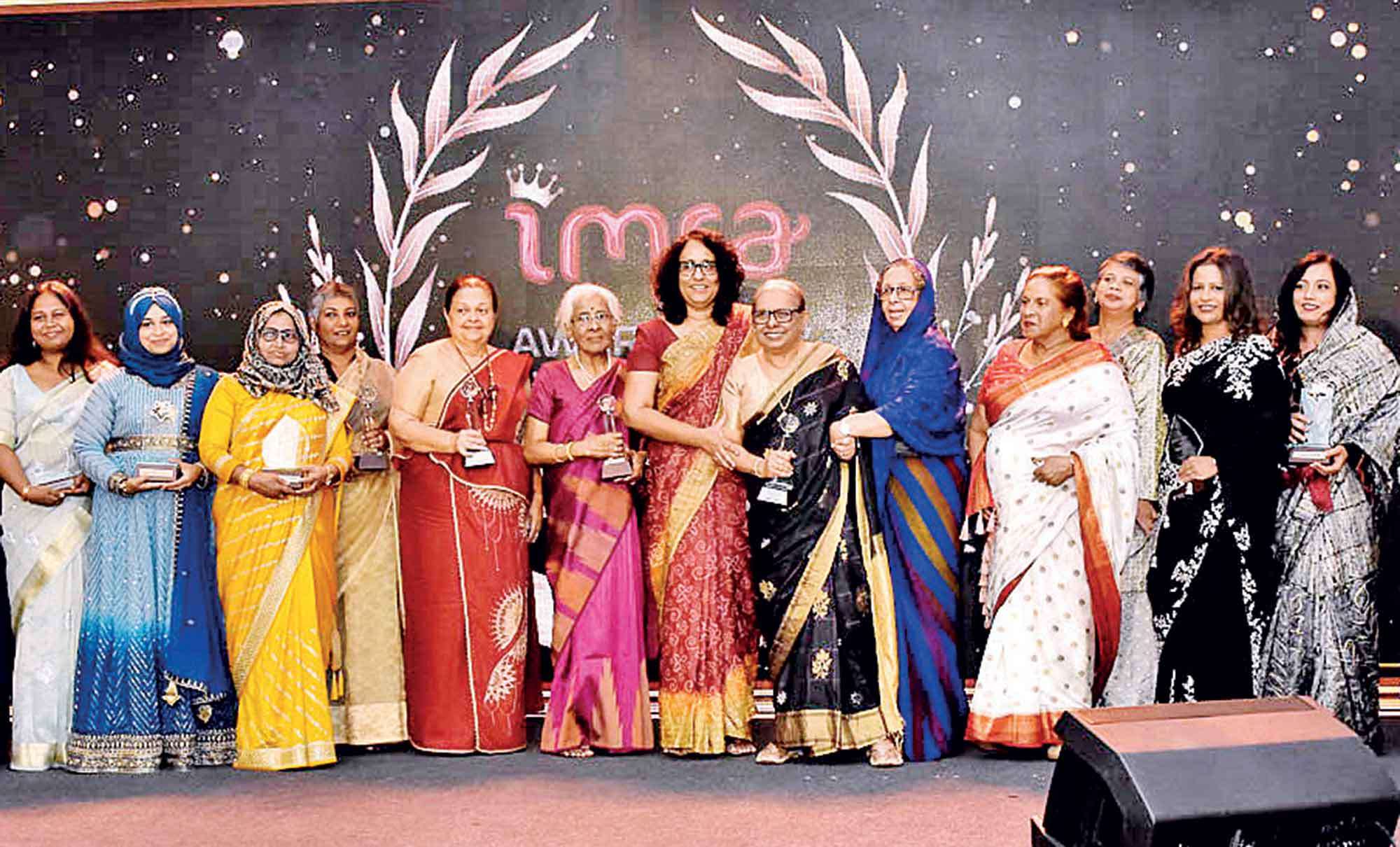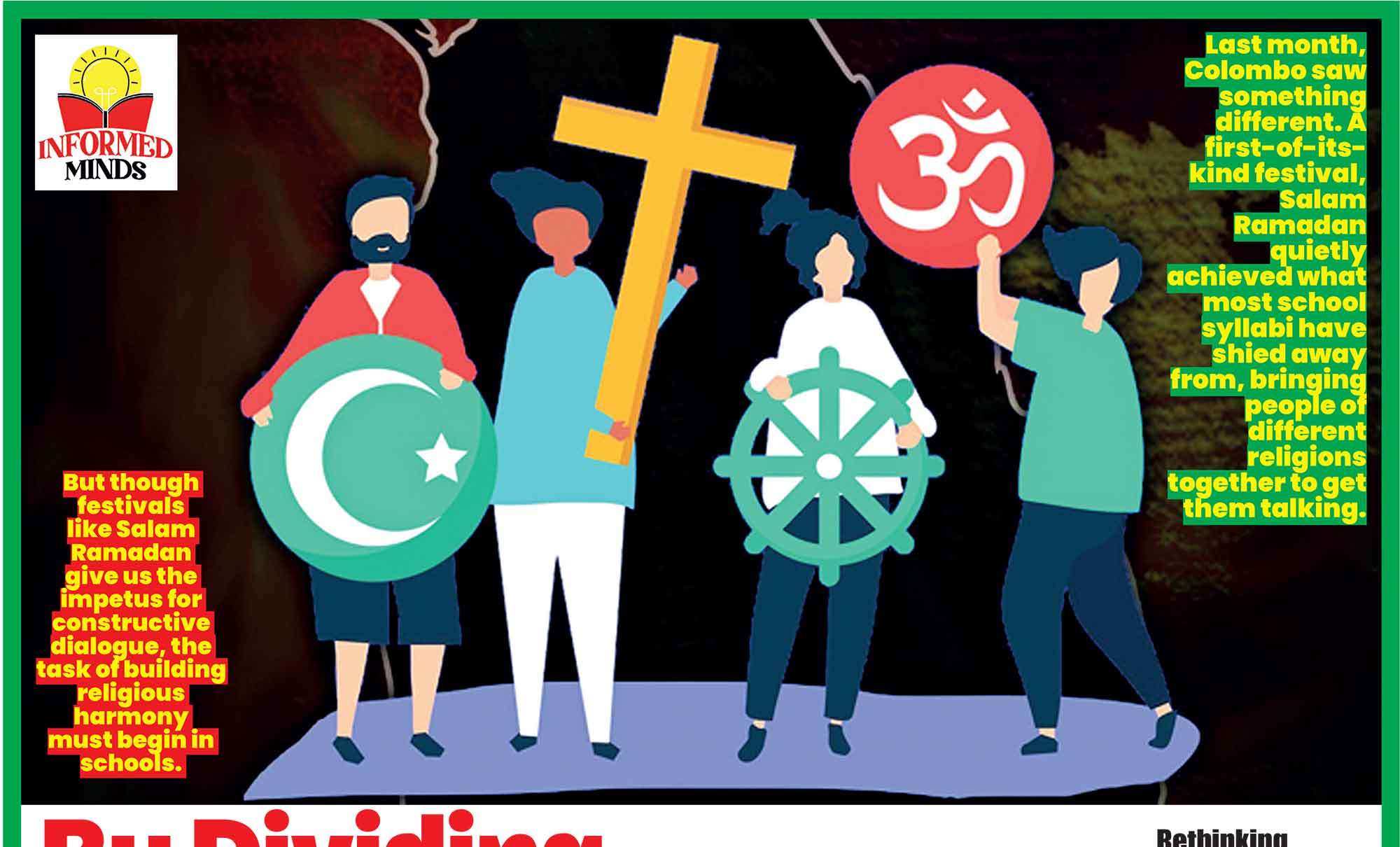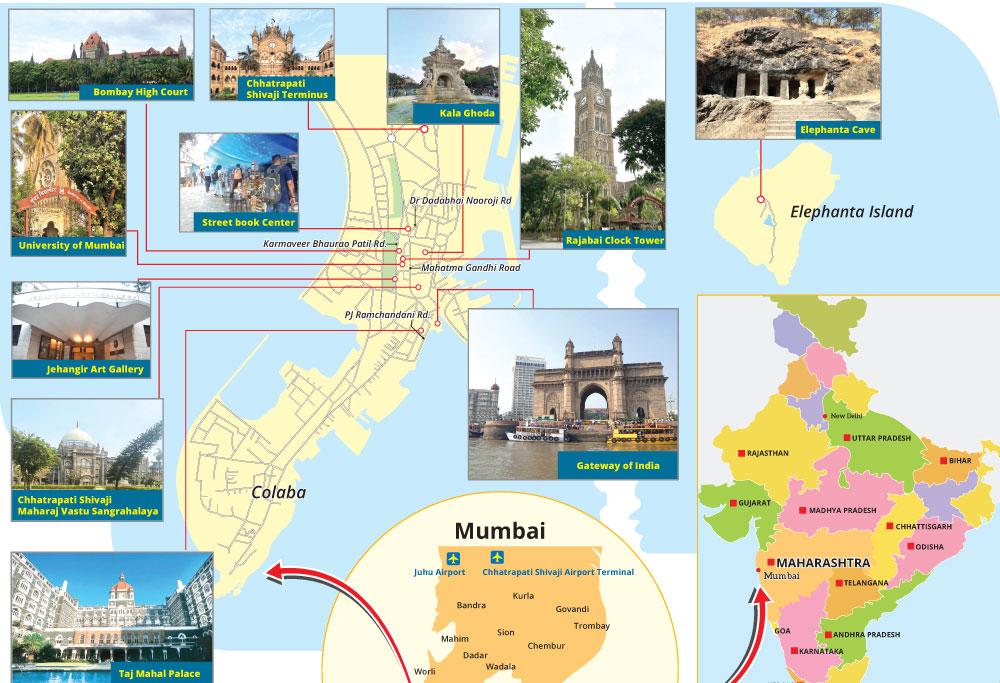
It got me questioning: How can we view such a vast and varied country under a single lens? Why do we consider the West as the zenith of development? And, why in the world do we Sri Lankans have an (unjustifiable) superiority complex when it comes to our northern neighbours?

“You mean you’re fully Sri Lankan?!” the waitress asked us in wide-eyed disbelief. It was our first morning in Mumbai, and as we were serving some crispy samosas and fluffy dhoklas, the waitress had struck up a conversation.
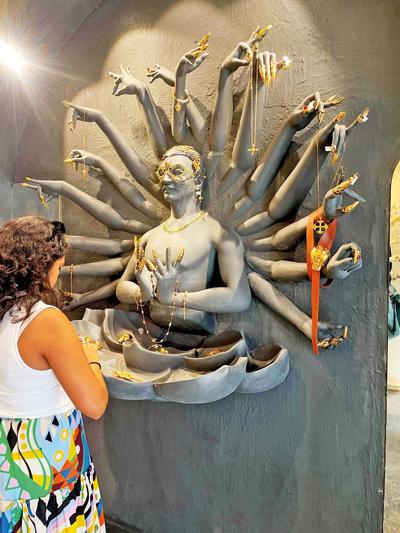 She almost whispered this question to us, as though being “fully Sri Lankan” was a dirty little secret. I couldn’t understand why she was so shocked. Surely, she knew about our beautiful island, so why would she (and how dare she) mistake us for Indians!
She almost whispered this question to us, as though being “fully Sri Lankan” was a dirty little secret. I couldn’t understand why she was so shocked. Surely, she knew about our beautiful island, so why would she (and how dare she) mistake us for Indians!
This was my second-ever trip to India and my first time as an adult. I wasn’t expecting much. In my mind, India was synonymous with chaos. Congested, overcrowded, dirty roads with hordes of people and different smells all mingling together. Although this is true to a certain extent, I quickly realized it’s a very outdated, very untrue, very Western perspective of the country.
It got me questioning: How can we view such a vast and varied country under a single lens? Why do we consider the West as the zenith of development? And, why in the world do we Sri Lankans have an (unjustifiable) superiority complex when it comes to our northern neighbours?
A QUICK LOOK AT MUMBAI
Mumbai is a city of contradictions. It has the highest concentration of billionaires in Asia and Asia’s largest slum. Luxury apartments tower over the crumbling patchwork of shanty towns. Centuries-old stone caves are a mere stone’s throw away from new swanky high rises. Lions and tigers roam in the Sanjay Gandhi National Park, just a 45-minute drive from the coastal suburb of Bandra West. The capital city of the Maharashtra province, Mumbai, is a melting pot of cultures, so it shouldn’t be a surprise that many consider it to be the gateway to India.
The city is an assault to the senses. The constant cacophony of car honks is the city’s soundtrack, and you’ll hear the incessant beeps while you’re sipping a frothy chai or savouring a soft, buttery vada pav. But this will all quickly take a chokehold on you as you explore Bombay and discover all it has to offer.
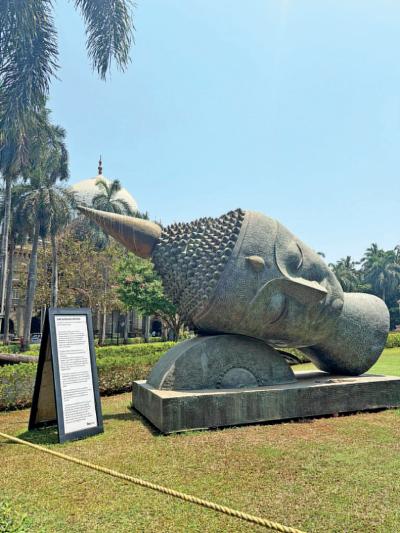 THE ARCHITECTURE
THE ARCHITECTURE
I feel like I’ve been lied to my whole life. In Sri Lanka, especially in Colombo, we love to admire all the buildings of our colonial past, and yes, while they are beautiful, they all falter in comparison to the magnificent structures in Mumbai. We stayed in Colaba, in South Bombay, which is scattered with stunning Victorian Gothic and intriguing Art Deco buildings. Some highlights include the University of Mumbai (especially its Fort campus), the Bombay High Court, the Rajabai Tower, the Taj Mahal Palace and the stunning Chhatrapati Shivaji Terminus, which was modelled after St Pancras station – but to compare the two would be a disservice to the former.
Each building is incredibly ornate, and one can only imagine the painstaking effort that was put into creating these works of art. It is quite nice to walk to these different sites and the nearby arts district of Kala Ghoda. The buildings are set amongst massive trees that canopy the pavements, providing some much-needed respite from the scorching sun. However, road rules seem non-existent, so crossing the street is an extreme sport, and this would be the only downside to exploring on foot.
THE HISTORY
The city is steeped in history. The islands have been inhabited since the South Asian Stone Age. During the 3rd century BCE, while under the Maurya Empire, the city was ruled by Emperor Ashoka, the same emperor whose son brought Buddhism to Sri Lanka. Since then, the city has come under the Maratha Empire, Mughal Empire, Portuguese, Dutch and British, until it finally gained independence in 1947.
With such a storied past, it’s only right that you first visit the Chhatrapati Shivaji Maharaj Vastu Sangrahalaya, once called the Prince of Wales Museum of Western India. The museum itself is an artefact. The gorgeous museum is built in an Indo-Saracenic style, and incorporates Mughal, Maratha, and Jain architectural features. The museum is very robust and goes into great detail about the country’s history. We wandered through its hallowed hallways for hours, admiring its various artefacts. One of my favourite exhibitions was of this COVID-themed phad painting.
For an even more unique historical experience, visit Elephanta Cave, which is just a short boat ride from the Gateway of India. This UNESCO site consists of a collection of caves that date back to the 5th century BCE and are predominantly dedicated to the Hindu god Shiva. The different caves feature impressive stone pillars, a linga shrine and intricate carvings of gods, all done by hand.
But the real highlight is the carving of the Trimurti. The statue depicts the three essential aspects of Shiva: creation, protection, and destruction. The craftsmanship to create these caves is awe-inspiring. Sadly, when the Portuguese found these caves, instead of appreciating the craftsmanship, they were intimidated by it and tried to ruin some statues and tear down the cave. Fortunately for us, they were unsuccessful, and we can enjoy this unique historical experience in Mumbai.
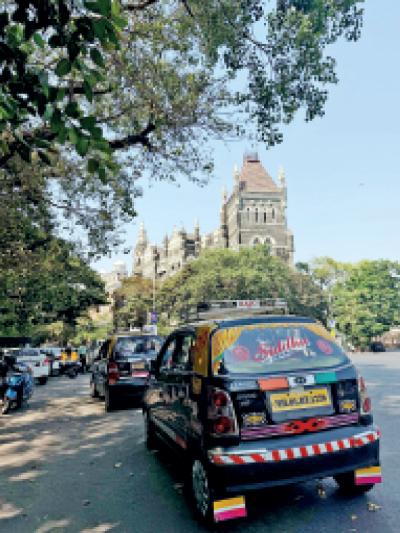 THE CULTURE
THE CULTURE
Indian food is complex and vibrant, and Mumbai has a little bit of everything. We ate our way through the city and its wonderfully diverse cuisines. From lively Parsi cafes, never-ending thalis, fresh seafood, and even an Indian textile-inspired speakeasy to Bombay sweet shops, pani puri, chaat and kulfi street vendors; there’s something delicious every time you turn a corner.
Apart from food, Mumbai is a treasure trove for art and culture. It is boundless, woven into the city’s fabric, and spills out onto the busy streets. Right next to jewellery stores that look unassuming from the outside (but like Aladdin’s cave of wonders from the inside), street vendors sell blindingly bright trinkets. Or, opposite, established bookstores filled to the brim with stories; there’s Book Street with its towering stacks of books, threatening to fall at any second and trap any reader who ventures too deep. Or, in front of art galleries like the Jehangir Art Gallery, local artists proudly display their work on the pavements so that passersby can appreciate their art.
Mumbai is spectacular, and it took me by surprise. The city is an intriguing blend of the old and the new, and above all else, it is uniquely Indian. It became apparent that, like the Portuguese, we Sri Lankans feel intimidated rather than inspired by the Indians. However, after spending a few days in Mumbai, I left feeling curious, wanting to know how we can learn from this country and progress like them. With that said, flying back home to Colombo, seeing our lush green spaces, and not hearing the sound of blaring horns, I felt an overwhelming amount of relief and pride to be from the jewel of the Indian Ocean.
